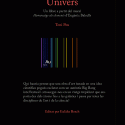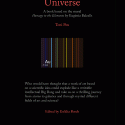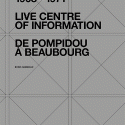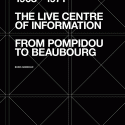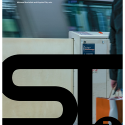Your Cart is empty
El meu nom és Univers (CAT ED.)
Who would have thought that a work of art based
on a scientific idea could explode like a veritable intellectual Big Bang and take us on a thrilling journey from atoms to galaxies through music, philosophy, art, cinema, chemistry, poetry, theater, dance, astrophysics, education, architecture, painting, quantum physics, religion or mathematics?
My name is the universe is a book in which science, the arts and the humanities are intertwined, appealing to the transversality and unity of knowledge. A text that cultivates an attitude of wonder at the world around us, the engine of artistic and scientific creation, and that stimulates the reader's curiosity and creativity.
Interviews to:
Jordi Balló, Capturing the real
Priyamvada Natarajan, Exploring Darkness
Amandine Beyer, Flying with Our Feet on the Ground
Eugènia Balcells, Re-enchanting the World
Federico Mayor Zaragoza, A Factory for Freedom
Simon McBurney, Another Narrative Is Possible
Eulàlia Bosch, A Welcoming Space
Sally Potter, On the Surface of Things
Roberto Ontañón, Cave Performances
María Muñoz, Move Before Thinking
Marc Balcells, The Art of Looking at the Sky
Joaquim Sales, A table Full of Stories
Rodolfo Hässler, The Most Profound Expression
Jaume Bertranpetit, Revealing Genes
Cesc Gelabert, Dancing Life
Sunetra Gupta, The Importance of Refusing to Choose
Stephen Noonan, The Art of Teaching
Marta Llorente, An Immaterial Material
David Jou, Cosmic Thinking
With the collaboration of:
Roald Hoffmann, Xavier Bosch, Amarjit Chandan, Carlota Subirós, Jean-Louis Froment, Salimata Wade, Jorge Ventocilla, Maria Nadotti, Jaume Casals, Holly Fairbank, Irene Martín, Noni Benegas, Santiago Álvarez, Thane Lund, Rosa Olivares
Buy English edition
Buy Spanish edition

